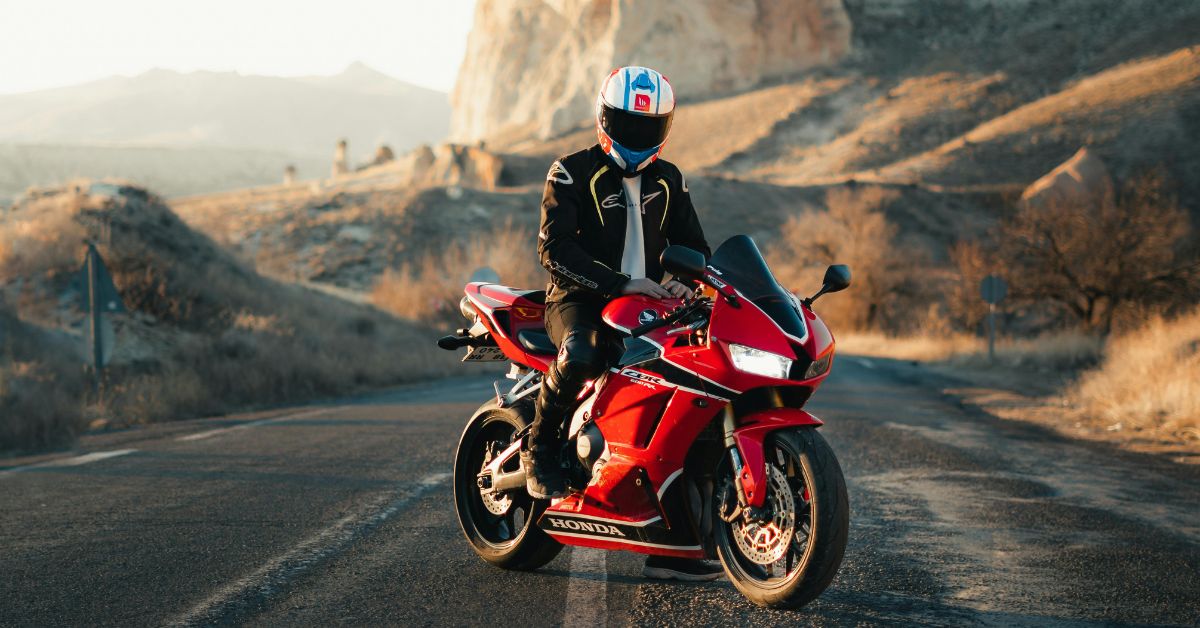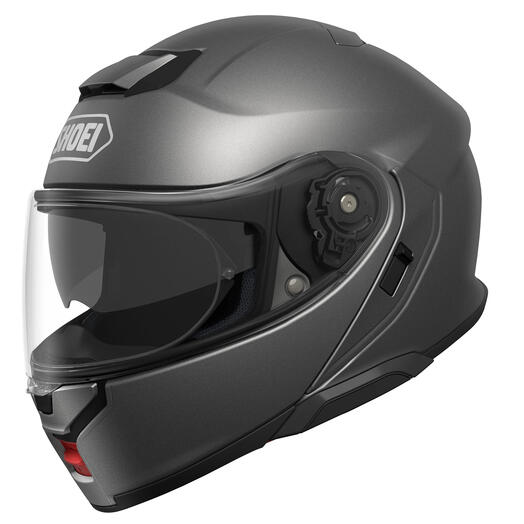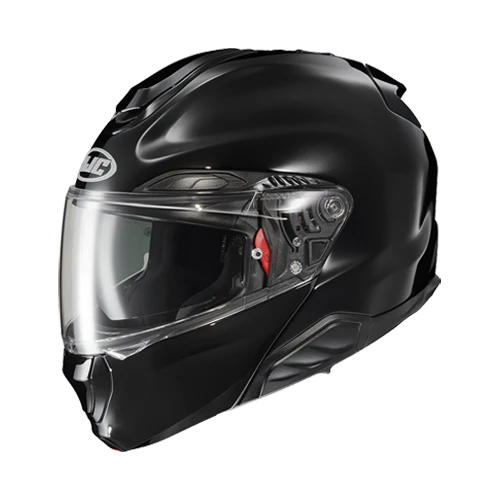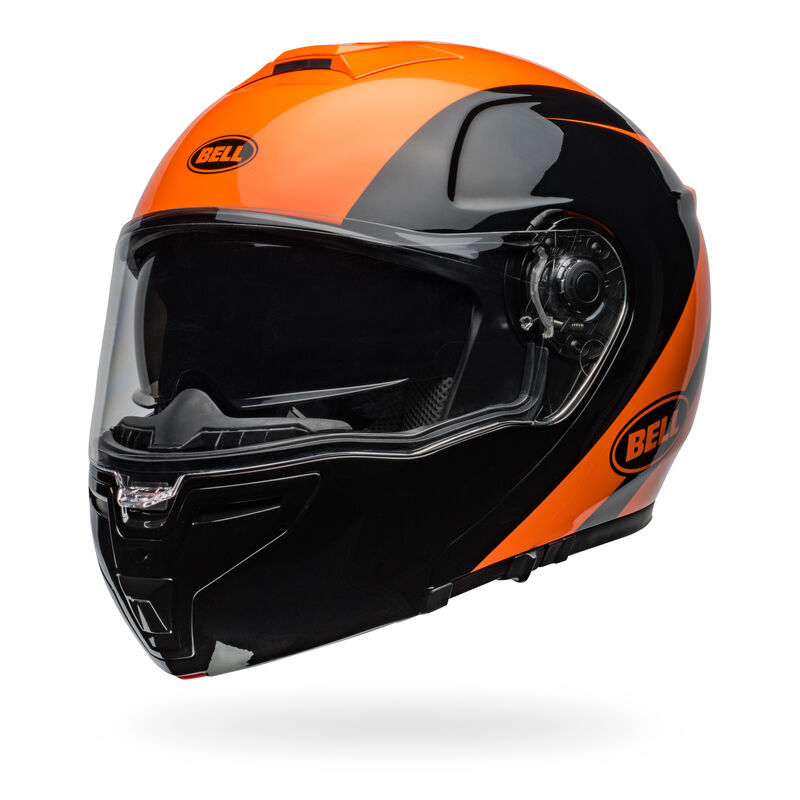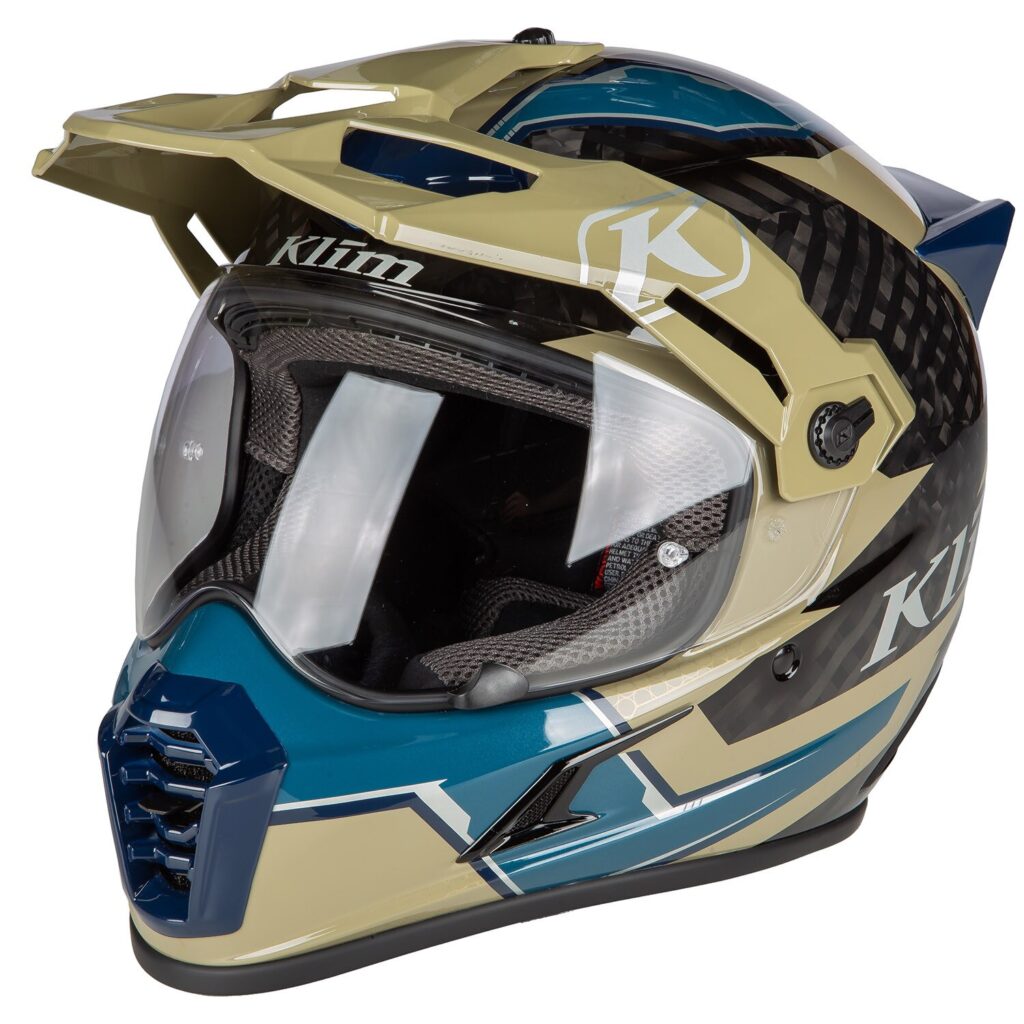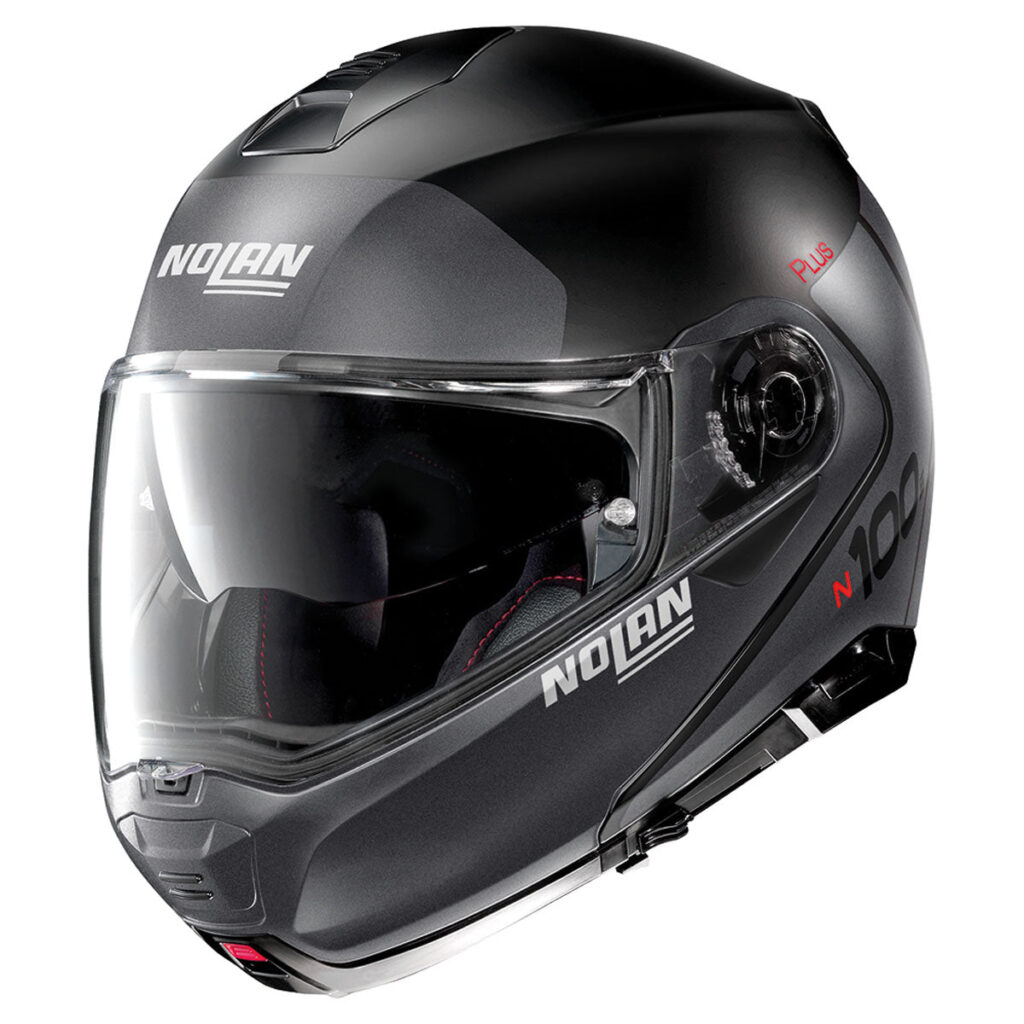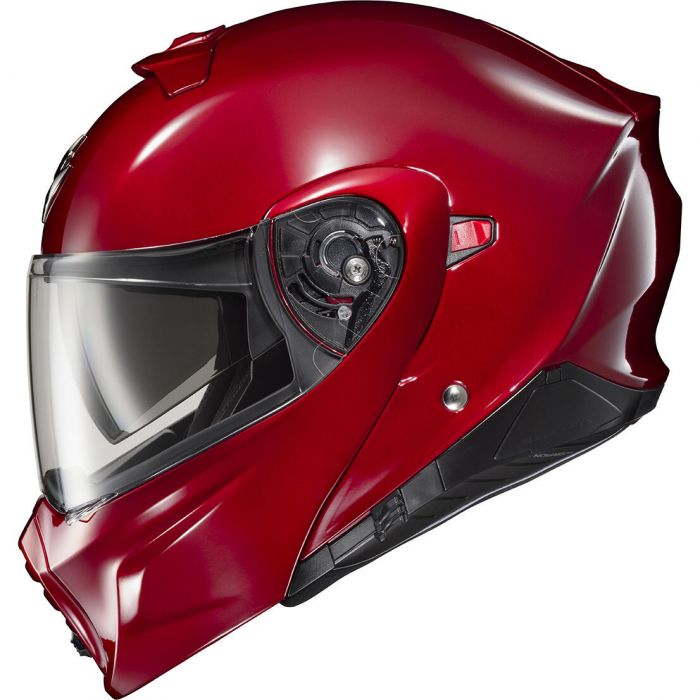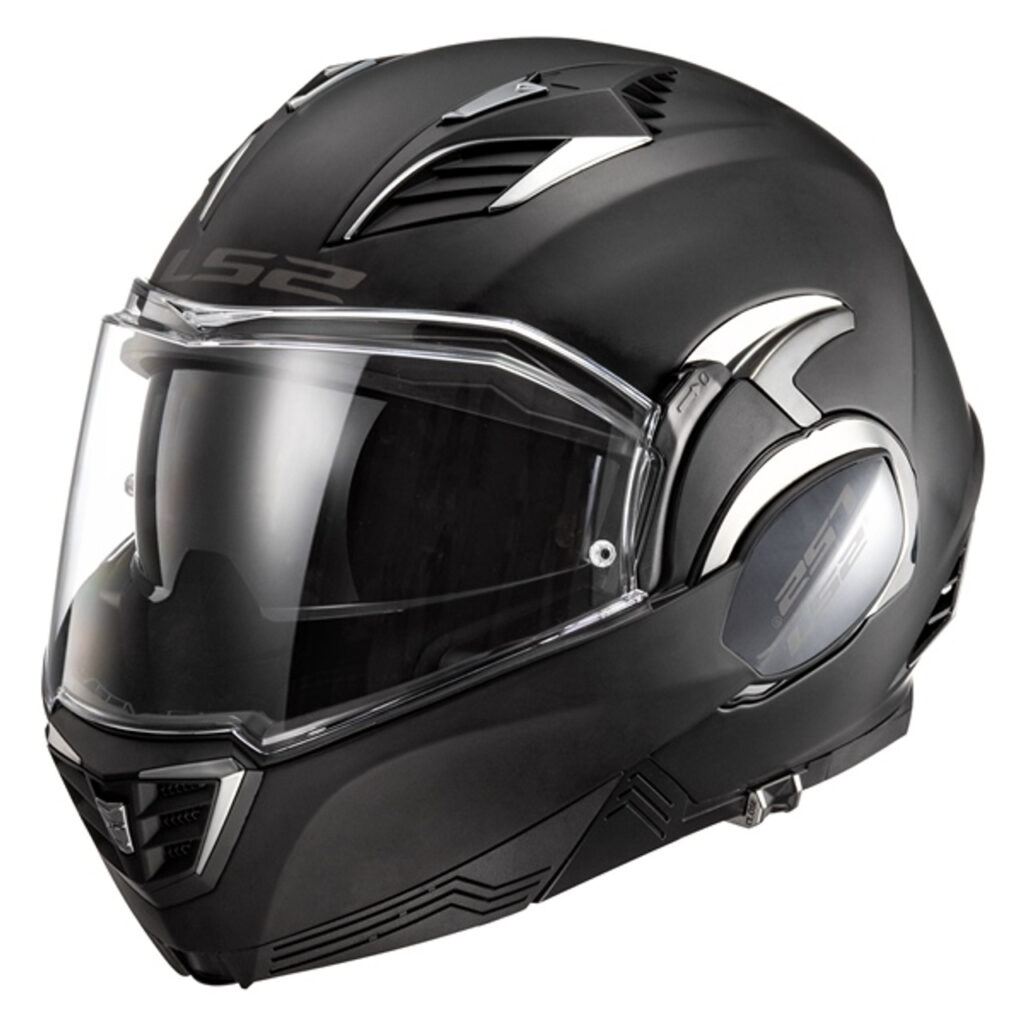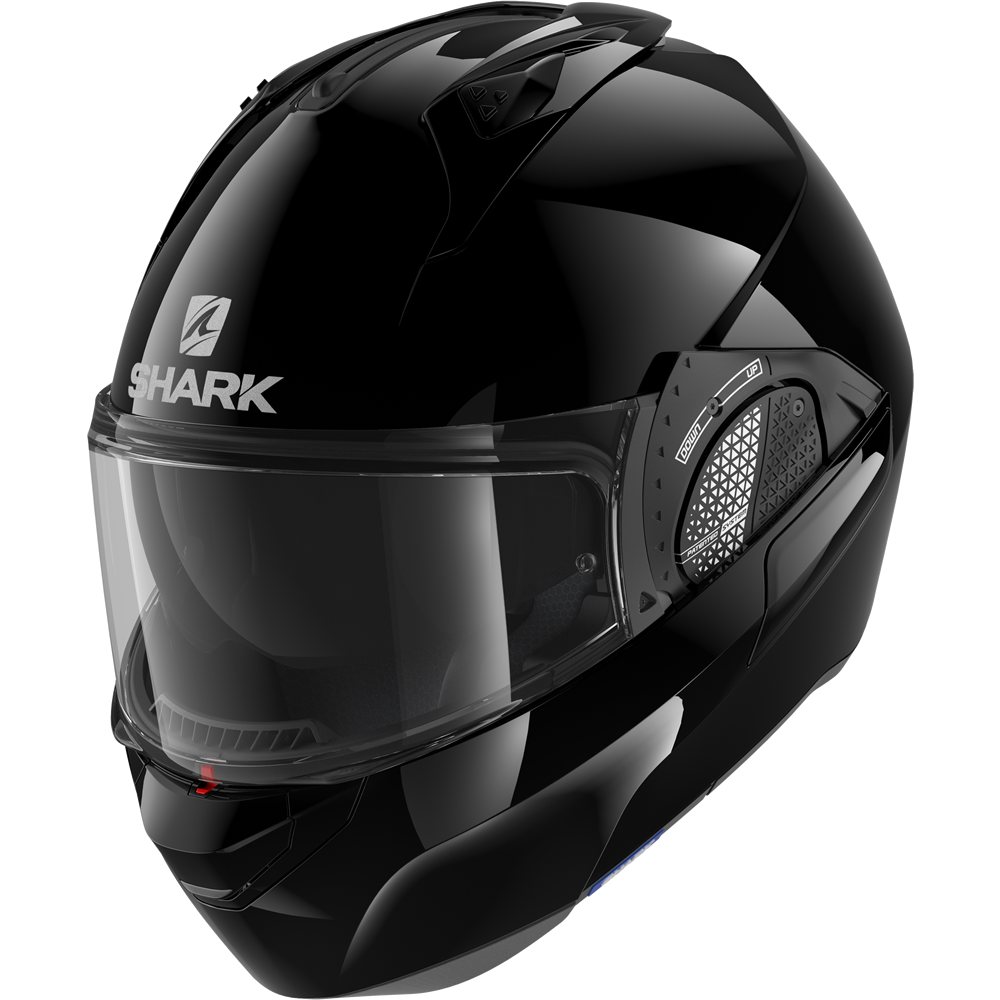Have you ever ended a long ride with a sore neck or nagging headache and suspected your helmet was the culprit? You’re not alone. Nearly 40% of long-distance riders report discomfort directly linked to helmet weight and fit, according to a 2018 study in the Journal of Safety Research. That’s why in this 2025 guide, we’re diving into the best lightweight motorcycle helmet for touring, examining top options that balance weight, ventilation, noise reduction, and all-day comfort. Your helmet is one of the most important purchase you will make, whether you are a beginner or an experienced rider. We’ve got you!
Keep reading to find out how to choose your best lightweight motorcycle helmet for touring and avoid helmet headaches once and for all!
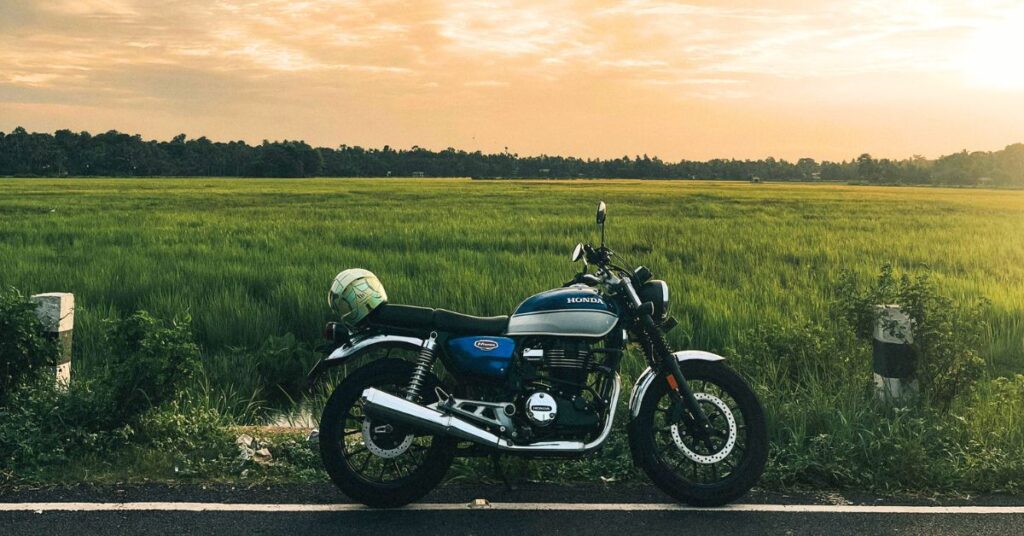

Why is Choosing the Best Lightweight Motorcycle Helmet So Important for Touring?
Touring often involves hours of continuous riding. Even if you are not going on these long trips, continuously having even a small amount of excess weight in your helmet can lead to neck strain and overall fatigue. This is particularly important for women, as most motorcycle helmets were traditionally intended for male consumers based on them being the predominant demographic in the sport of motorcycling. (Ok, I know women are strong too – but you simply can’t compare my delicate 5’2 neck to the tree trunk holding up my 6’2 boyfriend’s head. His neck has got at least 2 inches of circumference on mine!). Lightweight helmets can, therefore, significantly improve endurance and comfort on long trips. Here’s why they’re essential:
- Reduced fatigue: A lighter helmet minimises neck and shoulder strain over extended rides. Even if you are an eternal passenger like I am, you are not sitting passively on the back of the motorcycle like in a car. Staying alert helps you maintain your position, centre of gravity and reflexes as well.
- Better focus: Less physical discomfort allows for more mental clarity and safer riding. It is important to remove all distractions so you can focus on the road, which means pre-emptively addressing factors that can cause migraines and other aches.
- Improved Aerodynamics: Lightweight helmets often feature more refined shapes that reduce wind drag i.e. turbulence outside and inside your head.
- Enhanced Mobility: Improved ease with head movement when checking blind spots or road signs. Your head shouldn’t feel like a brick on a swivel!

The Best Lightweight Helmet for Touring: Female Riders (Personal Note)
Similarly to many female riders, my personal experience with motorcycle helmets has mainly been one of headaches. As a petite woman of only 5’2 and less than 110 pounds, the weight of the helmet plays a significant factor in the comfort of my riding experiences. Although I can tolerate a greater degree of fatigue, generally being the passenger and not the driver, balancing what seems to me like a brick on my head has resulted in countless migraines, neck tension and shoulder aches.
Initially, I thought these aches could be climate or terrain-based, especially as I felt them on only specific trips. Looking back, however, I noted sometimes even within the same country I would get headaches on some days and not others. Interestingly, while researching the content for this article, it occurred to me that on some trips my boyfriend rents motorbikes but on some we actually rent scooters – depending on availability. On the trips we rented scooters I never got headaches, as compared to an almost guaranteed headache when we rented motorcycles. Apart from the obvious (engine, speed, etc.), what is the main difference between riding a motorbike versus a scooter? Helmet size and, thereby, weight!
Therefore, a personal note for my female audience is take care to trial your helmet for several longer rides in your city first before going touring. Regardless whether you are the driver or the passenger, finding the best lightweight helmet for touring will be down to trial and error. Better to have these trials and errors at home, rather than many miles away on the road.

Key Features for Selecting Your Best Lightweight Helmet for Touring
Choosing the best lightweight helmet for touring involves more than just weight. Here are some additional features that could be very important for a comfortable and safe ride when it comes to touring helmets:
- Material Composition: Carbon fibre, fibreglass composite and advanced polycarbonate shells are both strong and light.
- Ventilation: Adequate airflow is particularly important in warm climates to prevent your head from overheating.
- Noise Isolation: Look for helmets with good acoustic padding. Depending on where you’re going, touring at highway speeds can be very loud.
- Visor Quality: Ever looked through scratched sunglasses for a few hours and had your eyes feel oddly unfocused afterwards? The same principles apply to visor quality. Look for a visor that is anti-fog and has UV protection to improve visibility and safety. Sun visors are a good idea too.
- Certifications: Motorcycle touring helmets are not an item you should cut corners on when it comes to quality. Always check for DOT, ECE or Snell certifications for safety and compliance.
- Bluetooth Compatibility: The way of the future is through integrated speaker cutouts and space for communication systems to allow for improved navigation and ease of correspondence between riders.

The Best Lightweight Motorcycle Helmet for Touring in 2025
Let’s get into the actual helmets! Please note that although I write about motorcycle helmets, I have not tried each and every one of them. I get my information from extensive online research, including reviews from experienced riders who have tried out these specific helmets. As always, I do not recommend buying a helmet online you have not had professionally fitted. Protection of brain is not an area for guesswork. Use my list to get you a head start, but always make sure to see, try on and trial the helmet you end up committing to.
1. Shoei Neotec 3
2. Arai XD-5
- Weight: ~3.5 lbs
- Highlights: Dual-sport versatility, excellent ventilation
- Ideal For: Adventure tourers crossing varied terrain
- Material: Composite fibre
- Safety Rating: Snell, DOT
- Bluetooth Ready: Yes
- Price Range: $$$$
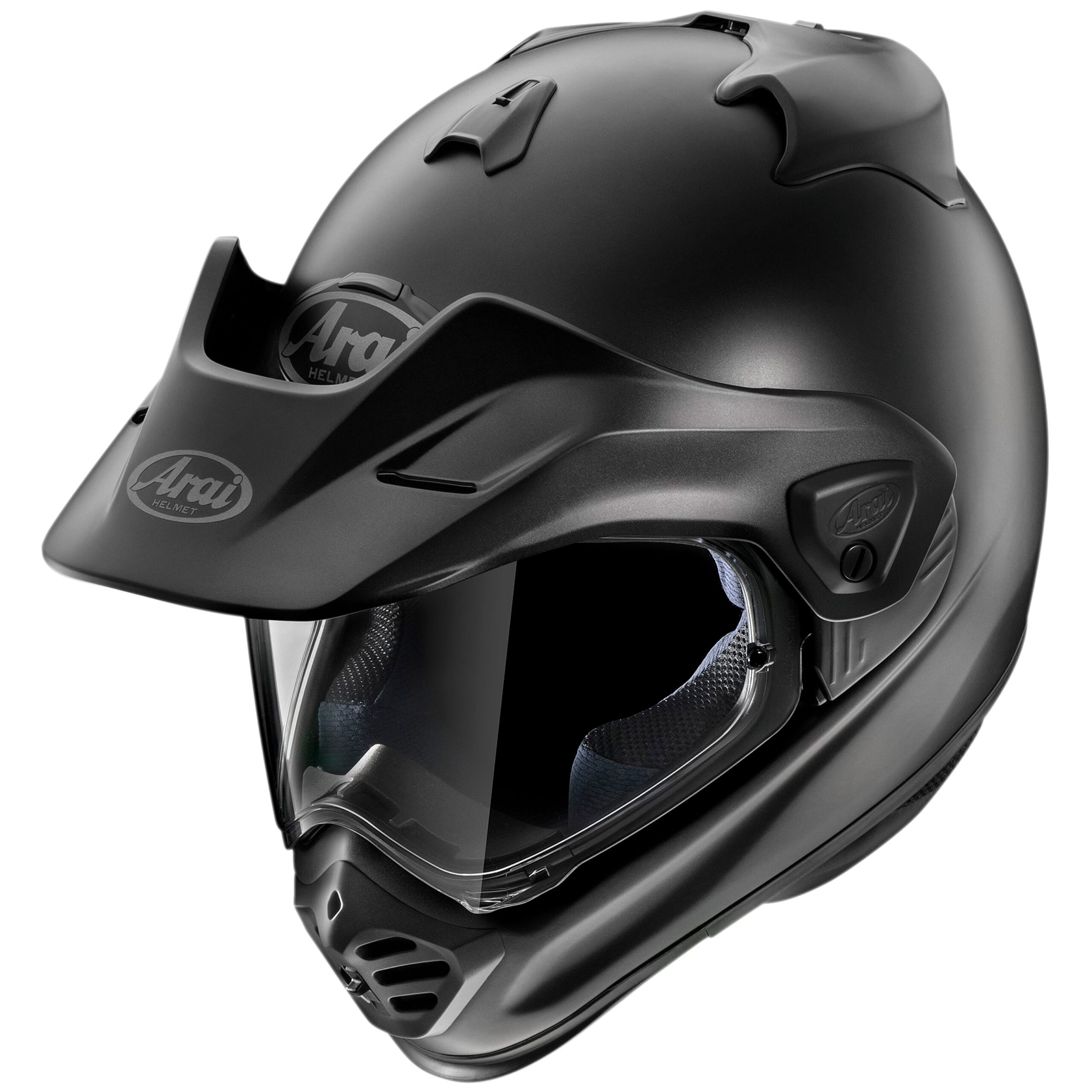
3. AGV Tourmodular Carbon
- Weight: ~3.2 lb
- Highlights: Lightweight carbon shell, integrated Bluetooth-ready, while field of vision
- Ideal For: Riders seeking high performance with modern tech
- Material: Carbon fibre
- Safety Rating: DOT, ECE
- Bluetooth Ready: Yes
- Price Range: $$$$

4. HJC RPHA 91
5. Schuberth C5
6. Bell SRT Modular
7. Klim Krios Pro
8. Nolan N100-5 Plus
9. Scorpion EXO-GT930
10. LS2 Valiant II
11. Shark EVO GT
Please note that the aforementioned products have no affiliate links at this time. Should this change, we will advertise accordingly and inform our readers immediately.

How to Choose the Best Lightweight Helmet for Your Touring Style
Your ideal helmet depends not just on weight, but also on your riding posture, environment, and personal preferences. Take into considering the following points in addition to weight when it comes to selecting your perfect helmet.
- Riding Posture: Upright touring bikes (like adventure or cruiser models) often benefit from helmets with better frontal aerodynamics.
- Climate Considerations: For hot or humid conditions, prioritize airflow and sweat-wicking liners.
- Helmet Fit: A properly fitting helmet enhances safety and reduces fatigue. Look for adjustable cheek pads and multiple shell sizes.
- Helmet Type: Modular helmets are popular among tourers for their convenience, while full-face options offer slightly better noise isolation and protection.
- Bluetooth Integration: Many helmets now come ready for Sena or Cardo systems. Make sure your preferred communication system fits snugly.
If you’re not quite a tourer, but more of a day-trip explorer, have a look at our overall best motorcycle helmets for travel in 2025.

Bonus: Care & Maintenance Tips for Motorcycle Helmets When Touring
So you have finally found your best motorcycle helmet for touring. To keep your investment lasting longer, regular maintenance is essential. Have a look at the following tips to give you a head start:
- Cleaning: Use mild soap and water for the exterior and anti-bacterial fabric cleaner for the interior.
- Storage: Store in a cool, dry place away from direct sunlight.
- Helmet Lifespan: Most manufacturers recommend replacing your helmet every 5 years or after a significant impact.
- Check Before Each Ride: Inspect for cracks, worn straps, or damaged visors before touring.

Frequently Asked Questions (FAQs)
Q: How do I know if a helmet is lightweight enough for long-distance touring?
A: Generally, helmets under 4 lbs are considered lightweight. Look for carbon fiber or composite shells, and always check the weight in the manufacturer’s specifications.
Q: Are modular helmets heavier than full-face helmets?
A: Yes, modular helmets tend to be slightly heavier due to the hinge mechanism, but many premium models keep weight low with advanced materials.
Q: Can a lightweight helmet still provide the same level of protection?
A: Absolutely. Weight doesn’t equate to safety—certifications like DOT, ECE, or Snell are the real indicators of protective quality.
Q: What’s the most important factor besides weight when choosing a touring helmet?
A: Comfort. This includes ventilation, interior padding, and fit. A well-ventilated, snug-fitting helmet reduces fatigue and distraction on long rides. To find your best lightweight motorcycle helmet for touring, you must always try before you buy. It is always better to iron out problems at home than away on tour.
Q: How do I reduce wind noise in my helmet?
A: Choose a helmet with aerodynamic design and padded ear sections. Wearing earplugs and a wind collar can also help.
Q: Should I choose a helmet specifically designed for women?
A: Not necessarily, but some brands offer helmet interiors better suited to smaller head shapes, which can enhance comfort and fit for petite riders.
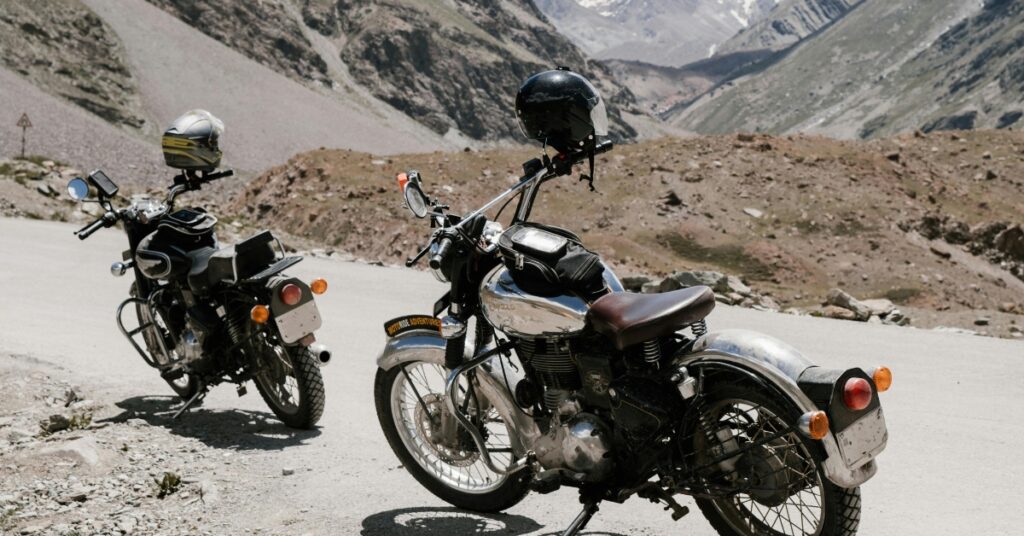
Conclusion
When it comes to long-distance touring (or even every day wear), the weight of your helmet plays a major role in overall comfort. A helmet that’s too heavy for your frame can lead to ongoing headaches, neck strain and shoulder tension – especially for riders with smaller builds or less upper-body strength. This is particularly the case for female riders (or passengers like myself), as women on average have less neck muscle mass compared to men, making it even more important to choose a helmet that won’t contribute to fatigue over time.
Lucky for us, most modern touring helmets that are considered lightweight sit between 3-4 pounds, which is generally a tolerable weight for most builds of riders. Always make sure you balance weight with other important features of touring helmets such as strong ventilation, good noise isolation and high visor quality. Understandably, safety should never be traded for a lighter weight helmet, so always make sure to check for DOT, ECE or Snell certifications – especially if buying online or overseas.
Lastly, from an experienced rider (my boyfriend), your body does adapt over time. If your helmet feels slightly heavy at first, give your neck and shoulders some time to strengthen. You might find the more you use your helmet, the easier it gets to use (literally and figuratively!). However, if discomfort persists, even at a lightweight helmet of 3-4 pounds, consider that there may be other design elements not particularly suited to your head that could be contributing. Make sure to visit your local store after reading this article to find your best lightweight motorcycle helmet for touring. Here’s to many headache-free miles ahead!

